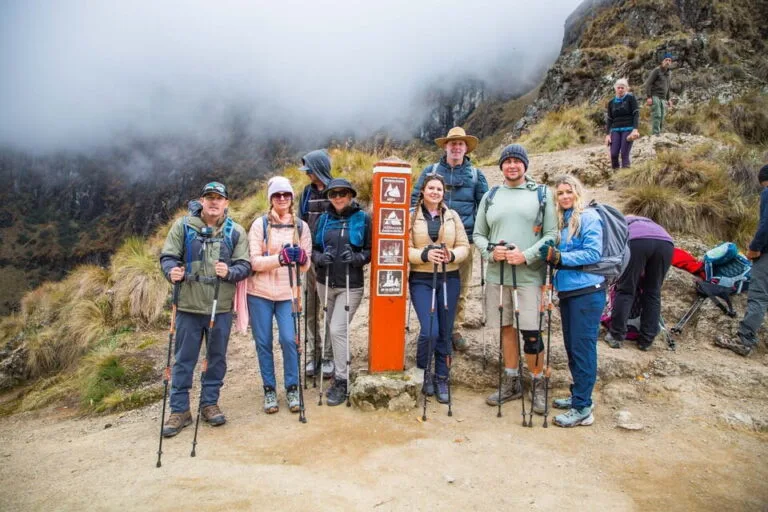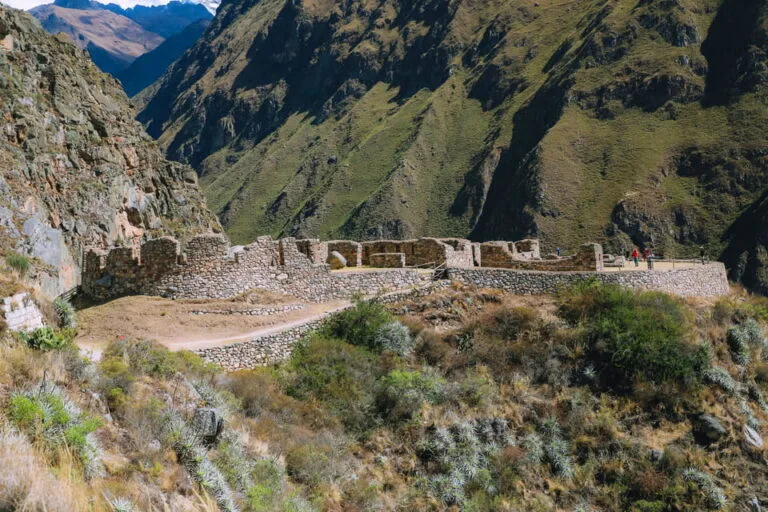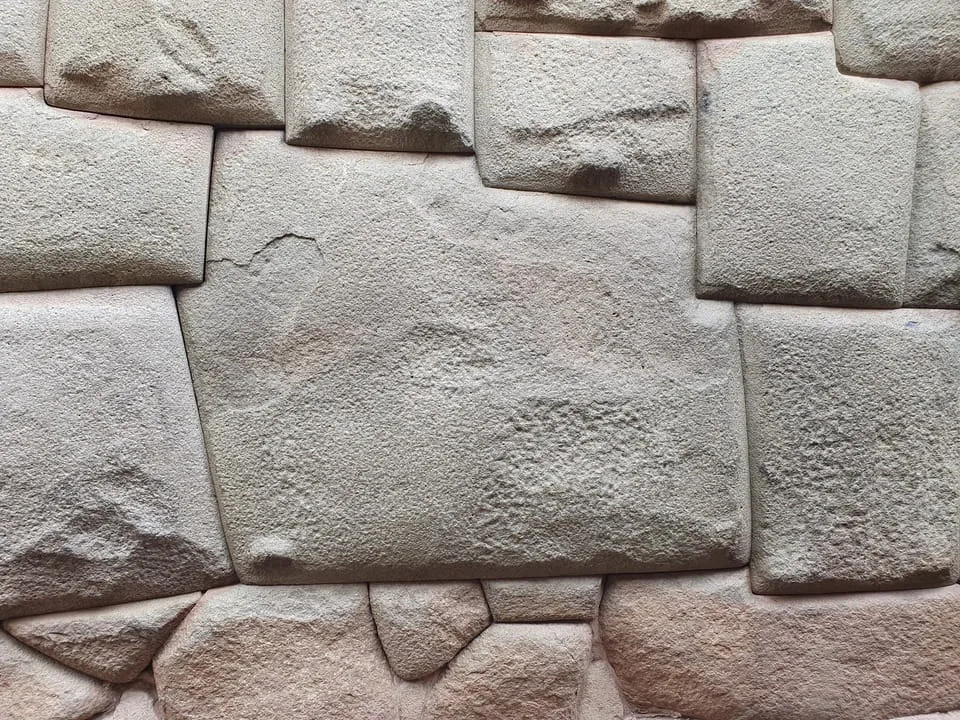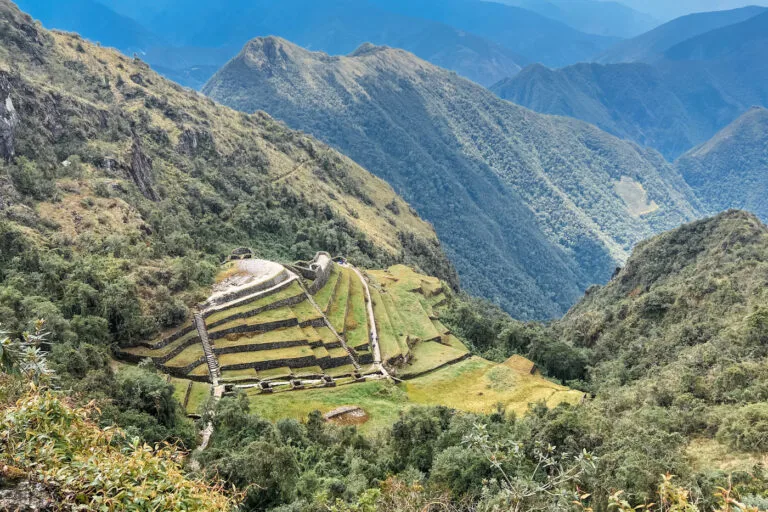Can you imagine touching the door of time and feeling the force of an ancestral civilization? At the top of the imposing Inca citadel of Machu Picchu lies the Intihuatana, an enigmatic monolith that has fascinated travelers, historians, and archaeologists alike for centuries. Considered the “solar clock” of the Incas, this sacred place connects us with the Andean worldview and invites us to experience the energy that arises from its millennial presence.
In this guide, you will discover everything you need to know about the Intihuatana: its history, its location within Machu Picchu, how to get there, the rituals that were performed around it, and the reasons why so many people feel curiosity and awe for this monument. Get ready to embark on a journey through time!
2. Location
The Intihuatana is located at the highest point of Machu Picchu, in the northeast sector of the Sacred Plaza. It is surrounded by the Main Temple and the Temple of the Three Windows, forming part of the architectural ensemble called the “Intihuatana Group.” To reach it, you must ascend a flight of stairs from the Main Plaza, passing by the temples. This ascent is not only physical but also a spiritual path that prepares you to receive the energy that radiates from the top.
3. History
The Intihuatana of Machu Picchu was built in the 15th century during the height of the Inca Empire under the rule of Pachacuti. When the Spanish arrived, many Inca structures were destroyed to suppress local beliefs. However, Machu Picchu remained hidden and largely untouched, preserving this sacred monument.
In 1911, American explorer Hiram Bingham rediscovered the citadel and introduced it to the world, also documenting the Intihuatana. Over time, researchers have studied and debated its purpose. While often referred to as “the place where the sun is tied,” most agree on its great astronomical and ceremonial significance.
4. Description of the Site
The Intihuatana is a monolithic stone carved directly into the bedrock, featuring a pyramidal shape with carefully polished faces. Each side aligns with a cardinal direction, and at the top is a square pillar about 69 cm tall. This “solar needle” cast shadows that helped the Incas track time and key solar movements like solstices and equinoxes.
More than just a solar observatory, the Intihuatana was also a sacred stone consecrated to the sun god (Inti), a central figure in Andean cosmology. Around it, the Incas performed rituals to pray for bountiful harvests, protection from natural phenomena, and harmony between the earthly and spiritual realms.
5. Recommendations
- Respect the heritage: The Intihuatana and all of Machu Picchu are protected archaeological sites. Touching the stone is prohibited, but you may observe it closely.
- Visit early: To enjoy the mystical atmosphere and avoid crowds, visit early in the day.
- Wear good shoes and bring water: Reaching the Intihuatana involves climbing steep steps. Wear comfortable shoes and stay hydrated.
- Respect boundaries: The area around the Intihuatana is cordoned off due to its fragility. Keep a safe distance and follow the guidance of rangers and tour guides.
- Connect with the energy: Take a moment to reflect in silence. Many visitors report feeling a special energy from the monolith and the entire sacred site.
6. Frequently Asked Questions
1. Why is it called Intihuatana?
The name comes from Quechua: Inti means “Sun” and huatana means “to tie.” It's often translated as “the place where the Sun is tied.” Though the exact origin is debated, most scholars associate it with the monolith’s astronomical and symbolic role.
2. What is its main function?
The Intihuatana served as a solar clock and observatory. Its “solar needle” cast shadows that helped the Incas mark solstices and equinoxes—key for agriculture and religious ceremonies.
3. Are there other Intihuatanas in Peru?
Yes. Though the one at Machu Picchu is the most famous, similar structures have been found in Pisac, Ollantaytambo, and Qenqo—all in the Cusco region.
4. Can I touch the stone?
No. For conservation reasons, touching the Intihuatana is strictly prohibited. However, you can observe it up close from designated viewpoints.
5. What happened with the crane accident in 2000?
During the filming of a commercial, a crane fell and chipped about 8 cm off the tip of the “solar needle.” Since then, stricter protective measures have been implemented around the Intihuatana.







